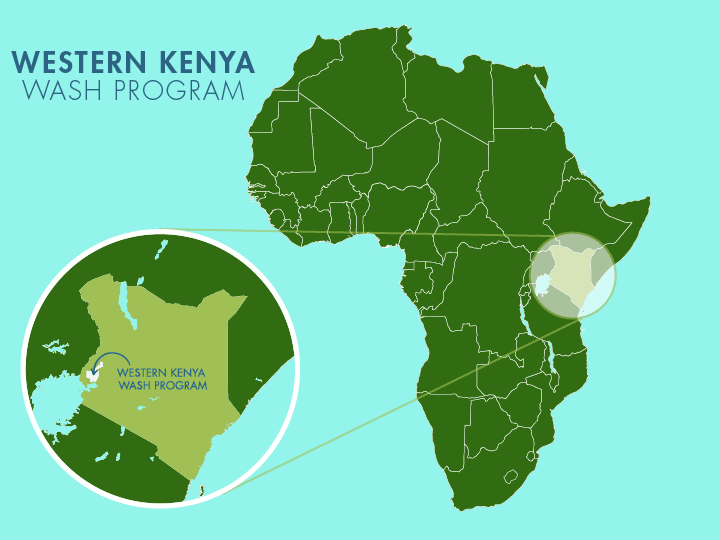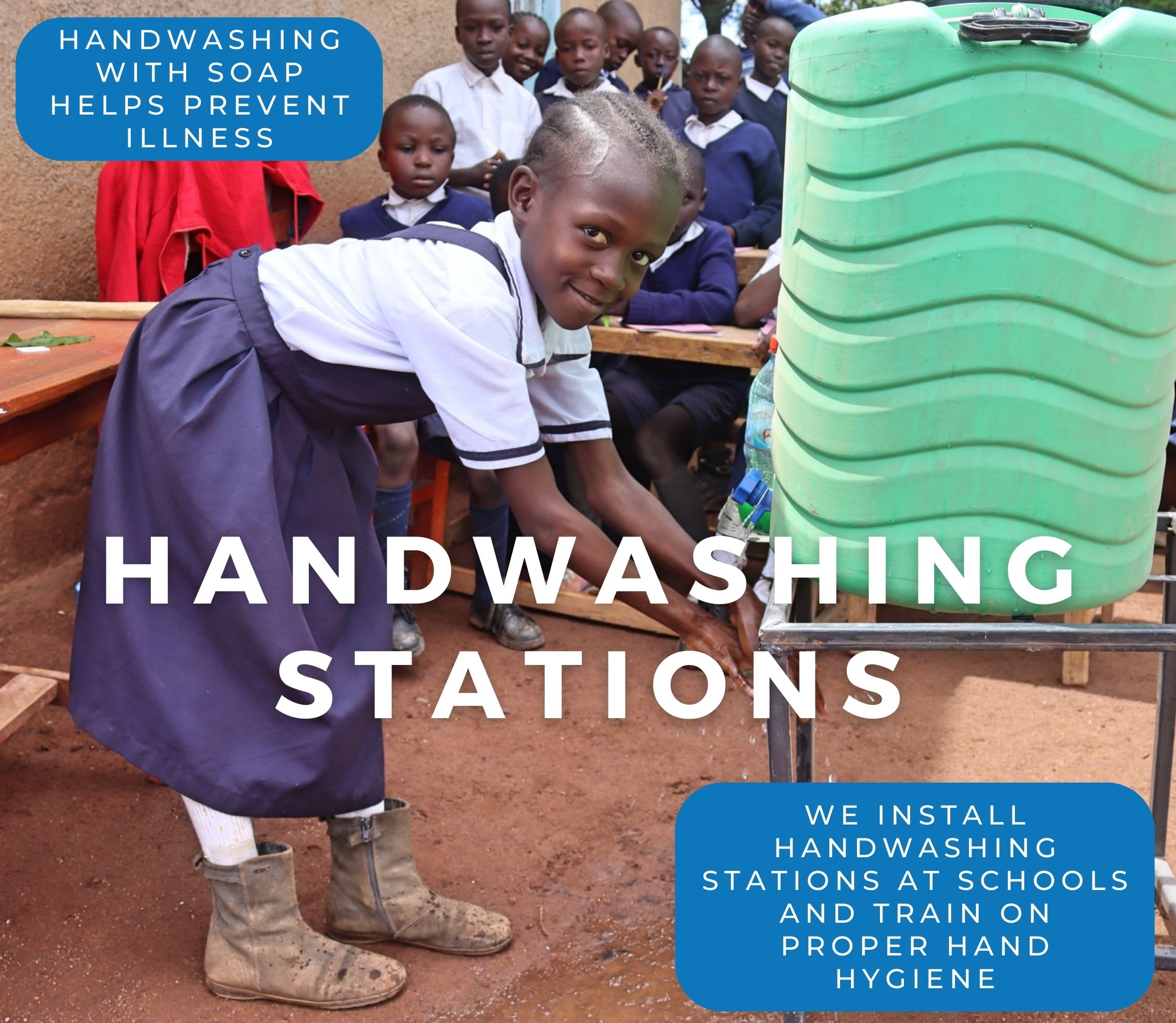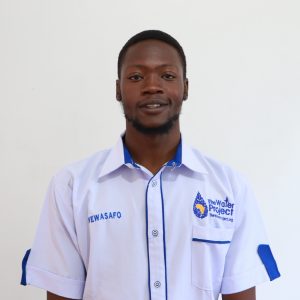At the Dr. Maurice Dang’ana Secondary School, 504 students and 44 staff members wait endlessly every day for their chance to collect water. Students wait in long lines, hoping to fill their jerrycans with water, only to be disappointed and find there is no water left in their rain tanks, which often run dry.

When the water in the rain tanks runs out, students must leave the school campus to collect water from the community spring.
Vivian is 16 and no stranger to the struggles of her school's water crisis. Every day, the journey to fetch water is a test of endurance.
She explains, “I spend almost two hours in total fetching water for the school. Sometimes it takes even longer, especially when there are many people ahead of me at the spring. The queues are always longer during dry seasons, and the spring is not just for us students; it is shared with the nearby community. We have to stand and wait for our turn, and that takes a lot of time out of my day.”

Vivian.
The time spent fetching water has a direct impact on her ability to learn.
When asked what she would do if that time were freed up, she responds with determination: “If I did not have to spend all that time fetching water, I would use that time to be in class or practicing my dressmaking skills, since this is my area of study. This course needs a lot of practice in cutting, sewing, and designing. Missing even a fraction of a lesson makes a difference negatively. The saved time could also be used to rest and revise my work, which would help me perform better in my studies.”
Her words reveal the daily reality faced by many students here—it is a challenge balancing their education with the pressing need for water. The lack of a protected, nearby source not only drains their time and energy but also places them at physical risk.
Vivian doesn't let her school's water crisis stop her from making plans for the future. She dreams of becoming a teacher, ensuring girls like her get a good education to build a brighter future for themselves.

Vivian in class.
Through her voice, the need for a sustainable water solution becomes clear. Safe, reliable access to water would not only protect students like her but also empower them to focus on their education and aspirations, ensuring that learning—not survival—defines their school day.
Steps Toward a Solution
Schools without reliable, on-premises water access often rely on students to fetch and carry water, leading to rationing and uncertainty about water quality. The water is typically poured into a communal storage tank and used by the entire school. With children carrying water from all different sources, it is also impossible for teachers and staff to know exactly where the water comes from and how safe it is to drink.
A new water point will be located on-premises at the school to ensure accessibility, reliability, and safety for students, teachers, and staff while meeting our school coverage goals. Having water available at the school allows children to drink, wash hands, and use sanitation facilities without leaving school grounds, preventing disruptions to lessons and reducing safety risks. A dedicated source increases water availability, reduces reliance on stored water, minimizes rationing, and ensures confidence in the safety of the water. This means staff and students are healthier, and their lessons aren’t disrupted, contributing to a better education!
Our technical experts worked with the school leadership and local community to identify the most effective solution to their water crisis. They decided to drill a borehole well, construct a platform for the well, and attach a hand pump.
Well
Abundant water often lies just beneath our feet. Aquifers—natural underground rivers—flow through layers of sediment and rock, offering a constant supply of safe water. A borehole well is drilled deep into the earth to access this naturally filtered and protected water. We penetrate meters, sometimes even hundreds of meters, of soil, silt, rock, and more to reach the water underground. Once found, we construct a platform for the well and attach a hand pump. The community gains a safe, enclosed water source capable of providing approximately five gallons of water per minute. Learn more here!
Our proposed water point can only serve 300 people per day. We are working with the community to identify other water solutions that will ensure everyone has access to safe and reliable drinking water.
Handwashing Stations
Alongside each water source, we install two gravity-fed handwashing stations, enabling everyone at the school to wash their hands. Handwashing is crucial for preventing water-related illnesses within the school and community. Student “health clubs” maintain the stations, fill them with water, and supply them with soap, which we often teach them how to make.
Latrines
We will construct two Ventilated Improved Pit (VIP) latrine blocks designed to prevent fecal disease transmission. Each latrine features a cement floor, making it easy to use and clean regularly. Three stalls will serve the girls, and three will serve the boys.
School Education & Ownership
Hygiene and sanitation training are integral to our water projects. Training is tailored to each school's specific needs and includes key topics such as proper water handling, improved hygiene practices, disease transmission prevention, and care of the new water point.
To ensure a lasting impact, we support forming a student health club composed of elected student representatives and a teacher. These clubs promote hygiene practices schoolwide and keep handwashing stations well-stocked. This student-led model encourages a sense of ownership and responsibility.
Safe water and improved hygiene habits foster a healthier future for everyone in the school and the surrounding community.

 Borehole Well and Hand Pump
Borehole Well and Hand Pump
 Rehabilitation Project
Rehabilitation Project




















